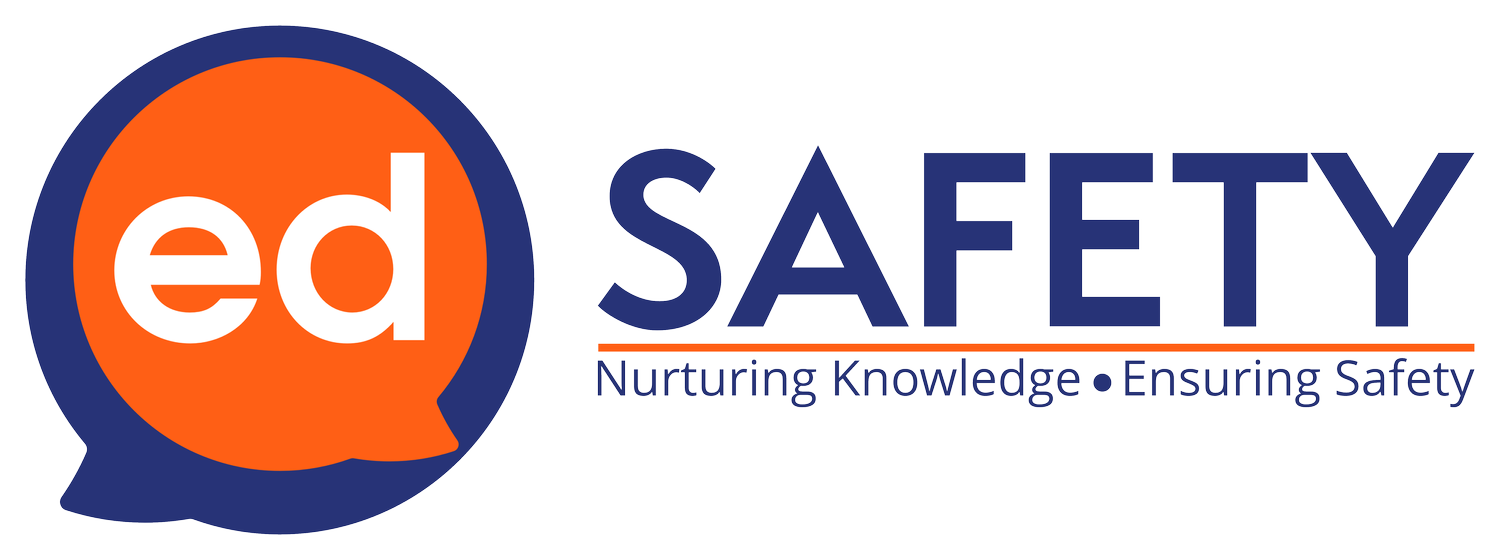The festive season is just around the corner and we at Strong Roots Training are feeling jolly! The festivities bring lots of fun and good cheer to our homes, work environments and schools. However, in the most joyful way we would like to highlight some of the precautions everyone can take to ensure the whole festive season is enjoyable and injury free!
First things first, a well-stocked First Aid Kit for when accidents do happen. For information about what items should be included follow the NHS link.
https://www.nhs.uk/common-health-questions/accidents-first-aid-and-treatments/what-should-i-keep-in-my-first-aid-kit/
Be safe when decking the halls with bright lights and sparkles.
· Turn off and unplug all lights overnight and when you leave the house,
· Do not overload sockets,
· Check Fairy lights before use,
· Ensure lights and electrical wires are secured to avoid tripping hazards,
· Dispose of wrapping paper or plastic packaging to avoid choking, especially if you have small children and/or pets in the house.
When cooking up a festive feast, ensure all enjoy full tummies and not burnt fingers.
· We often use more pots and pans at Christmas than any other time of year, ensure you have proper, good quality oven gloves, tea towels cause burns!
· Try to avoid a kitchen party whilst cooking. However lovely it is to get everyone involved, beware of a crowded kitchen.
· Ensure that if cooking with children, the excited little ones know not to touch hot pans or sharp utensils.
If anyone does suffer a burn, follow these steps below:
1. Cool the burn
Use cold running water for a full 20 minutes (immediate cooling is best but is still beneficial even 3 hours after the burn.)
Avoid hypothermia- cool the burn but warm the rest of the body.
2. Remove jewellery and loose clothing
Do this very gently and carefully, before the area starts to swell. DO NOT remove anything that is stuck to the burn.
3. Cover the burn
Cover the cooled burn with a dressing that will not stick. Cling film is ideal (discard the first two turns of the film and ‘lay’ it on the burn, don’t wrap it around.) Alternatives include a new plastic bag, a low-adherent dressing, or a clean lint free cloth. Do not use cling film on the face.
NEVER rely on ‘burn dressings’ to cool a burn- use cold water for 20 minutes.
If the burn appears severe call 999 for emergency help.
NEVER COOL THE BURN USING ICE, BURST BLISTERS, TOUCH THE BURN, APPLY CREAMS, OINTMENTS OR FATS, APPLY ADHESIVE DRESSINGS, OR REMOVE CLOTHING THAT HAS STUCK TO THE BURN.
If anyone cuts themselves whilst preparing the food thoroughly irrigate superficial cuts with a large volume of drinkable water so there is no foreign matter in the wound. Slightly warm water can be more comfortable. Pat the wound dry with a sterile swab then cover with a sterile plaster or low adherent dressing.
If there is a lot of bleeding press firmly on the wound with a clean towel, press until the bleeding stops this may take 10 or more minutes, if possible, raise the limb. Then complete the steps above.
If after reading this, you feel the need to refresh your first aid knowledge before the festivities begin, please follow the link to our quick online course.
https://www.strongrootstraining.com/elearning
As lovely as Christmas is it can be a very overwhelming and stressful time especially with the cost-of-living crisis at the moment. Creating fun memories with your family can last a lifetime try playing games, watching movies, dancing to music, snuggling with a hot chocolate. Please don’t let the pressure of presents get to you. Quality family time can be the best present of all. If you are struggling with food, there are many community hubs set up now to help you.
If your mental health is suffering, please talk to someone. Remember it is ok not to be ok and there are support networks out there to help you.
Wishing you a very Merry Christmas and Happy New Year!




